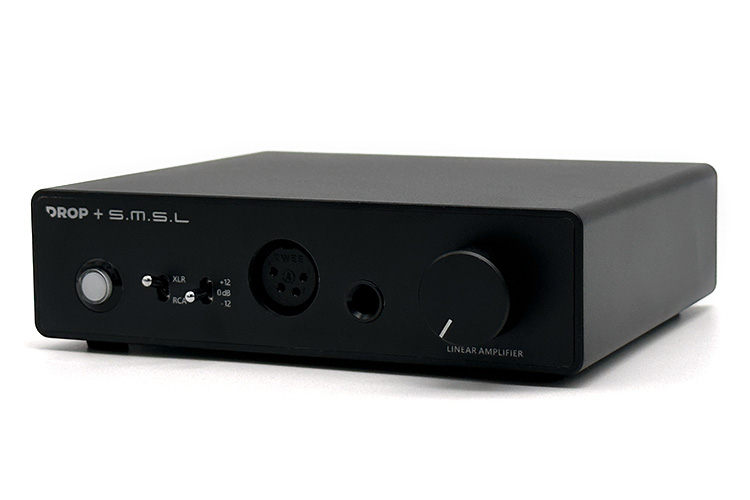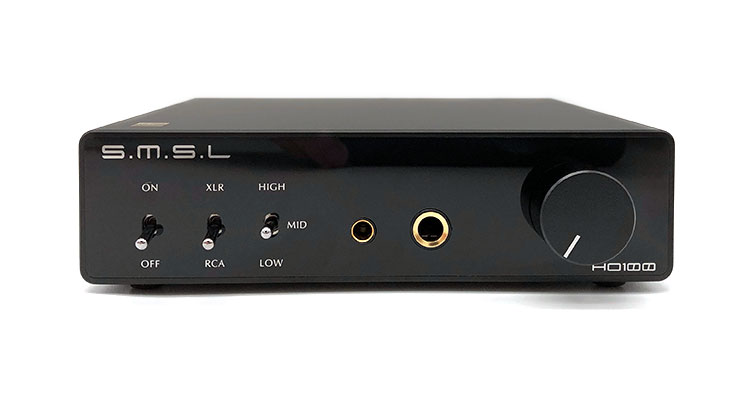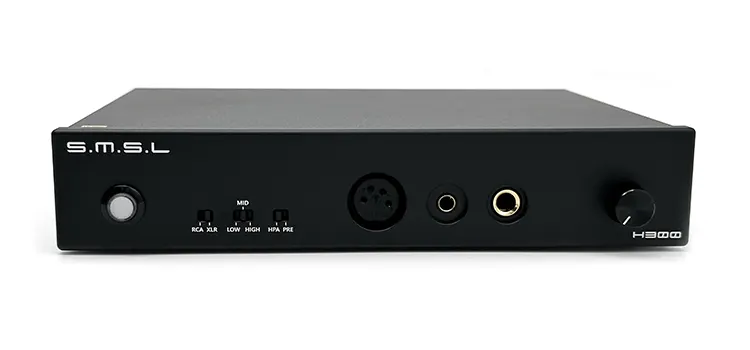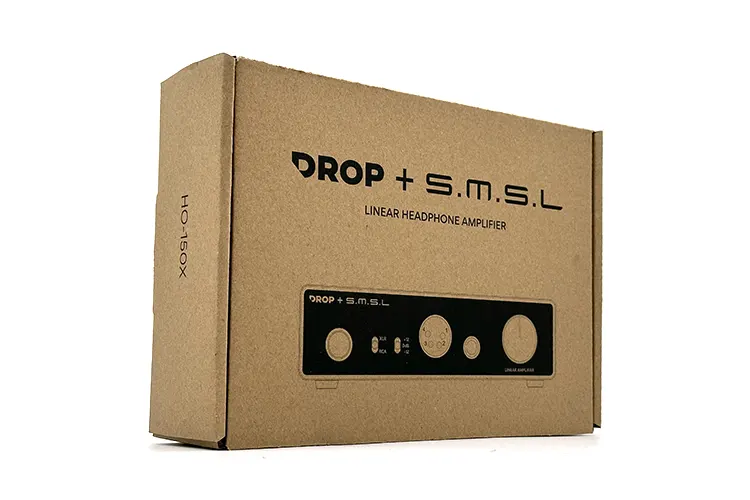Synergy
Power
Sending a whopping 3W of power to 32Ω impedance headphones, the low gain setting will help keep your eardrums intact. The -12dB regulation lets the 32Ω dynamic drivers of the HarmonicDyne Zeus Elite get loud enough, but not too much.
With enough headroom to play around, the Zeus Elite asks the HO150X a modest amount of power laying the volume wheel pointed below 11 o’clock.
It’s also worth reporting that the channel imbalance of the HO150X is of very little impact. Only on the most sensitive of gears did I perceive a slight imbalance.
On more power-hungry headphones, the HO150X delivered the juice required. Still, with a significant 550mW of power on tap for 300Ω loads, both the Sennheiser HD 560s and the Audio-Technical ATH-ADX5000 went loud quickly without passing the noon position of the volume.
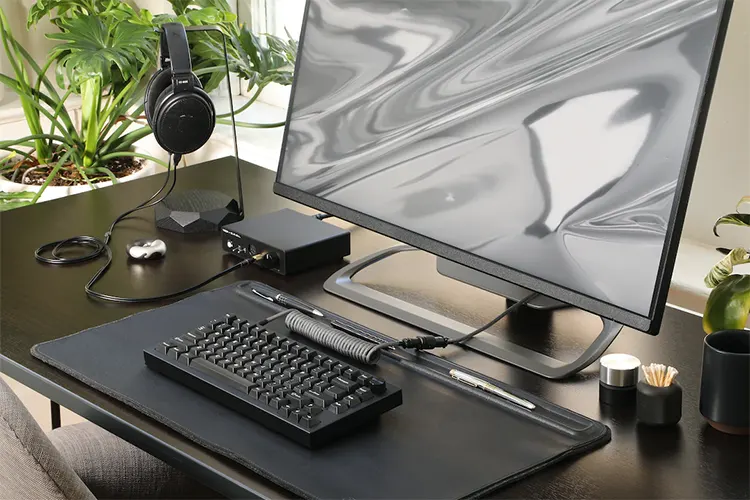
Pairings
I used the DAC output of my Burson Conductor 3 Reference, (C3R), initially to test the honesty of the HO150X. Shooting out a very clean signal, the pairing revealed most of the pleasant inclinations I mentioned in the sound impressions.
With the ATH-ADX5000, there are noticeable areas where detail could be improved. I’m not complaining though since the HO150X was able to lift out subtleties with enough definition and texture for the price.
Switching to use the DO100 as DAC, the setup stiffened up, confirming not only my review of the DAC but also the transparency of the HO150X.
Using the HD 560s to listen, I’m getting a finer and wider sound with instruments. I’m however not hearing the complexity of guitars the C3R was able to do so twangs sounded drearier.
The bass of the HD 560s is expectedly light with softly placed diffusion. Its pairing with the DO100 is a lot brighter than the C3R though which is barely saved by its staging width and layering.
Taming the quibbles that I have with the DO100, the Zeus Elite comes with just the right solution. Though it might not be an everyday pairing for some since the Zeus Elite is far from a reference gear, its friendly timbre immediately brought back some easiness to the tracks I played. The bass especially is full-bodied and not shy to ask for attention.
Unlike the HD 560s pairing, strings are steely yet it dissolves in a more approachable manner. Furthermore, the directionality and placement of the HO150X are not affected by the rich timbre of the Zeus Elite since the DO100 is there to infuse leanness.
Select Comparisons
SMSL HO100
Technical
With little to go on about the difference in the circuitry fitted between the two, I can only tell that SMSL managed to pull out more from the HO150X.
The distortion figure of the HO100 is marginally better at 0.00006% but having double the power is a more enticing ace up the HO150X’s sleeve.
Both units peg the mid gain at 0dB but the high and low setting is a little bit different with the HO100 either adding 15.5dB or subtracting 9.5dB instead of 12dB equally.
The HO100 needs that few extra dB in the high gain setting since the volume knob of the HO150X barely lines up with the former showing its lower level of thrust.
Design
Having a close relationship, I’ve already peppered in the differences between the two units throughout this review. There’s not a lot more separating Drop’s exclusive release, but just to be thorough, I’m keeping this section short with the minor ones left that I can tell.
The power button SMSL slapped on the HO150X to replace the toggle switches of the HO100 is not new since it is pulled straight out of the H300.
Then there’s the 6.35mm socket which I noticed is not gold plated on the HO150X. Last, I like that the gain level markings on the front of the HO150X are numerical to indicate the dB jump, unlike the English labels on the other.
In repurposing the same chassis as the HO100, the production line is already set for the HO150X. I think this will influence those who are still shopping for a DAC since it will also sit squarely on top of the DO100.
Performance
The HO100 shows the same inclination to not keep the bass presence in check too much for some well-intentioned personality. The HO150X though proceeds to take advantage of this subtle lift to engage a bit with its stronger tune.
The midrange was a challenging area to spot any difference between the two. I still noticed after a while that the HO100 has a drier and tighter twang. On the other hand, the HO150X infused more air and width to voices.
While the HO100 is not as spacious sounding as the HO150X, it generally performed better in image placement accuracy. The latter amp though inspires by letting singers isolate from a dynamic riff wherein the HO100 got a bit busier and brighter in comparison.
Those who read my original review of the HO100 would know that I praised it for sounding transparent. But after hearing the HO150X, I realized Drop has pulled off a more interesting interpretation of a “wire with gain” amplifier.
SMSL H300
Technical
A recently introduced standalone amplifier from SMSL, the H300 is equipped with not one, not two, but four Precision Linear Feedback Circuit. This seemingly extreme choice allows SMSL to control the 10W power output of the amplifier, almost doubling what the HO150X can provide.
Just like the HO150X, the H300 is also fully balanced. This fact is further emphasized when SMSL listed that they’re using 32 op-amps for each of its channels.
Even with a lot more going on inside, the H300 stays remarkably composed achieving a distortion level 0.00001% lower than the HO150X.
Design
It may take up more desk space than the HO150X, but the facia of the H300 evokes a tidier atmosphere thanks to the spread-out controls and IO. The HO150X does better with its blockish frame that looks and feels better than the thin construct of the H300.
More expensive, the headphone ports on the H300 glimmer in gold plating. Its rotary knob however is smaller possibly trying to maintain balance with the power button on the opposite end.
The toggle switches used are different which I like aesthetically but the short profile makes it less precise to use at times.
Performance
Starting with a pretty similar mass on sustained bass notes, the H300 strikes with a tighter punch. The resolve is heightened by the cleaner and deeper delineation magnifying subtleties missed by the HO150X.
This gives the H300 a more reserved characteristic for synths and drums edging out the HO150X in sophistication.
With a thinner vocal section, it helps that the H300 has a wide and airy cast for images since it projects a more attacking tone. The HO150X may be less sharp but it falls short against the detail retrieval of the more expensive amp.
The dynamics of the H300 are a lot better when sifting through a busy rock song. Without losing composure, the H300 also isolated instruments much more easily.
Our Verdict
The Drop + SMSL HO150X linear headphone amplifier exhibits a reliably consistent performance and one that indicates how close it adheres to the concept of neutrality and also makes pairing a fun challenge.
The fact that it doesn’t stray far from the flavor of the source and gears plugged into it, might mean the only consideration I’d look into is identifying if it will be the bottleneck of your chain.
For the price, I can only point out that the uneven placement of images and limited stage can be improved, however, the HO150X did well in almost every other task I asked it to do.
I’m honestly not surprised that Drop chose the HO100 as a platform for their first collaboration with SMSL. While I wasn’t able to hear the HO200 to verify my theory, the HO150X surprisingly achieved everything the HO100 did well when it came out and then added some more.
Drop + SMSL HO150X Technical Specifications
- Inputs: Balanced, unbalanced
- Headphone outputs: XLR 4-pin, 6.35 mm unbalanced
- Preamplifier outputs: RCA Unbalanced
- Balanced output power: 6,000mW (at 16 ohms), 3,000mW (at 32 ohms), 550mW (at 300 ohms)
- Single-ended output power: 6,000mW (at 16 ohms), 3,000mW (at 32 ohms), 550mW (at 300 ohms)
- SNR: 134 dB
- DNR: 134 dB
- THD + N: -122 dB, 0.00007% (1 kHz, 32 ohms)
- Input impedance: 47 ohms
- Amplifier output impedance: Near 0 ohms
- Pre-output impedance: 22 ohms (unbalanced)
- Frequency response range: 20 Hz – 100 kHz (-0.5 dB)
- Gain settings: Low (-12 dB), Middle (0 dB), High (+12 dB)
- Power consumption: <30 W
- Power consumption in standby mode: <0.5 W
- Dimensions: 5.9 x 5 x 1.5 in (15 x 12.8 x 3.9 cm)

